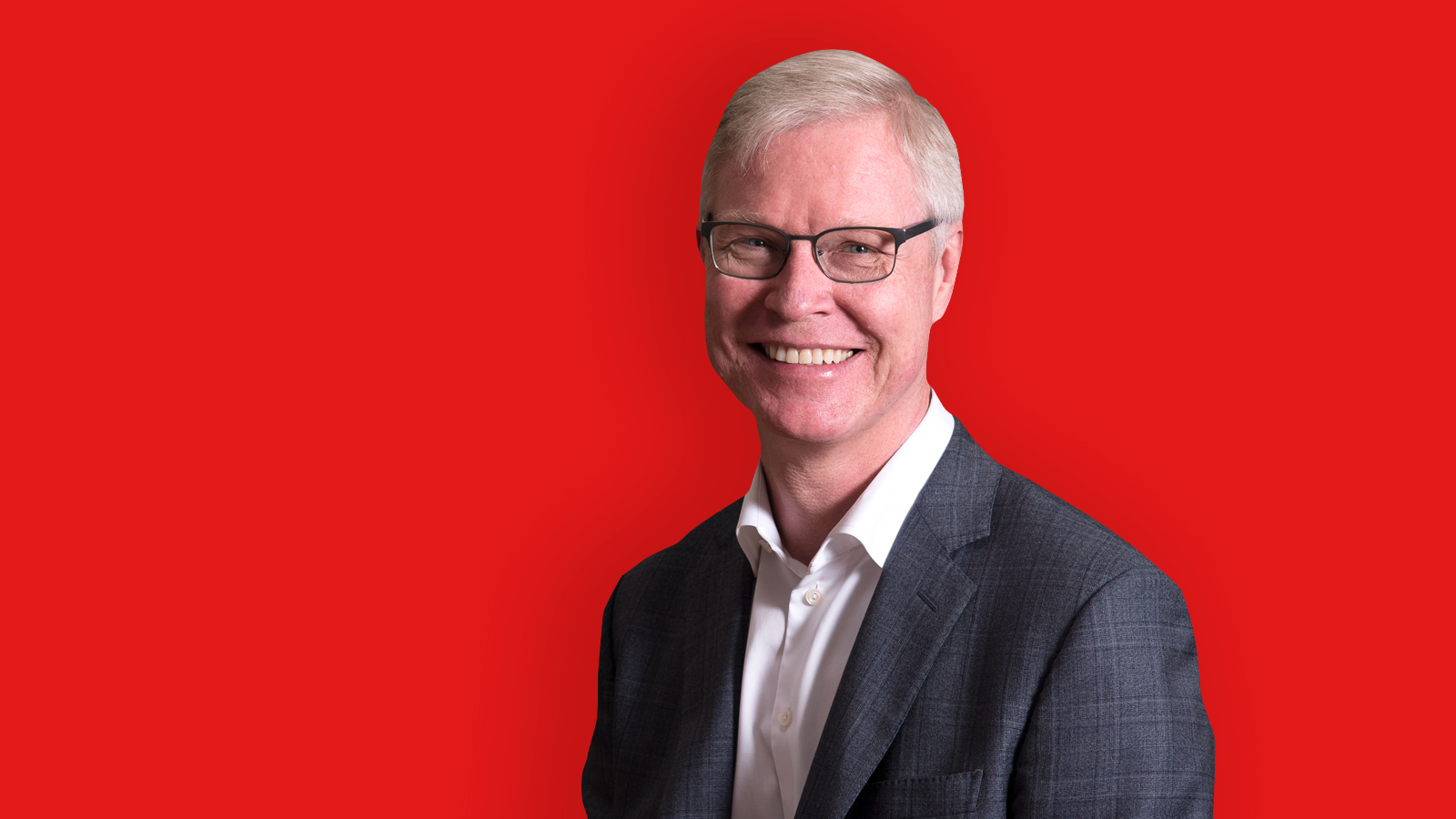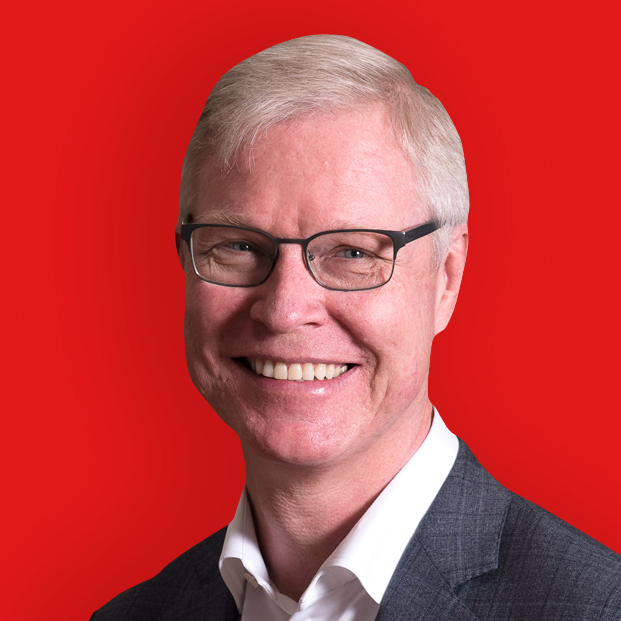Full-fibre is the secret ingredient behind 5G success
Mikael Sandberg, Chairman, VXFIBER, reveals why fibre-optic roll out is essential for 5G to succeed.

When Three 5G launched, its advertisements claimed that it would ‘save lives, propel humanity forward and usher in the utopia that will solve the hot mess we are in’. It’s certainly a bold claim and potentially not too far from the truth.
5G has the potential to revolutionise a wide range of sectors – from industrial automation and manufacturing, to retail and agriculture, and how we generally live and work. Autonomous vehicles is just one area that we are seeing come to the forefront of technological advancement, and will be a key sector that is impacted by developments in 5G. Testing for the application of self-driving cars is already under way, so it’s no wonder that a future where they exist for the everyday user is a conceivable reality. This is becoming particularly prominent now that Audi and BMW are members of the 5G Automotive Association (5GAA). With faster data transmission and an extended communication range, these vehicles could offer a vastly different driving experience, one that is putting safety first. However, it’s worth noting that these vehicles take up about half of 5G’s capacity alone – which leaves a limited amount for other applications.
The reality of 5G
Whilst 5G won’t be available for widespread use until the 2020s, the performance goals are unprecedented for wireless networks. As a result, the projected performance of 5G has opened-up a debate about whether fibre optic or 5G wireless networks will be better. This is predicated on a false assumption that, as 5G technology rolls out in coming years, it will replace fibre. However, 5G wireless networks and fibre optic networks complement each other, together offering a more cohesive internet experience across fixed and mobile applications than either could alone. Without 5G, fibre would lack mobility. Without fibre, the revolutionary goals of 5G would simply be impossible. For 5G to work as we imagine it, we need a dense fibre network.
Fibre optics and 5G wireless networks
Fibre optic networks are a type of high-speed wireline network offering improved speed, security and bandwidth compared to legacy copper systems. Fibre optic technology has long been used in long-haul networks due to its high performance over long distances – fibre can travel as far as 65km without losing signal strength.
Now fibre is increasingly being used in metro and access networks instead of copper, and because copper can only carry a gigabit signal about 90 metres, a fibre-to-the premises (FTTP) configuration is necessary to avoid losing signal strength. In essence, fibre optic networks are limited only by the technology used to transmit and receive signals.
5G wireless small cells and their fibre wireline networks will never be mutually exclusive. Think of a city’s network like the human anatomy: 5G will function as the capillaries (mobile fronthaul) of a city’s networking system, but internet traffic will travel nearly its entire journey in the veins or arteries (fibre backhaul). In fact, much like the human circulatory system, only about 11% of traffic is carried by wireless networks, according to a study by Deloitte. The other 90% of internet traffic is supported and carried by the wireline network.
So, in a 5G world, the customer experience will be improved by better small cell wireless access points. Ultimately, the quality and reliability of the wireless network will depend on the wireline (fibre) network carrying traffic to and from the 5G small cells.
Get up to speed with 5G, and discover the latest deals, news, and insight!
The evolution of wireless networks
Average mobile data usage has increased steadily every month since 2014. Not only that, mobile traffic is set to quadruple before 2021, and a user’s bandwidth is expected to grow nearly 50% every year according to Nielsen’s Law of Internet Bandwidth. A new solution is needed to keep up with these bandwidth and speed needs, and 5G may be the answer.
The first generation (1G) coincided with the introduction of mobile phone technology. 2G introduced text messages and 3G allowed for mobile internet browsing. 4G then offered a marked improvement on network reliability and speeds as high as 100 mpbs per second, bringing about on-the-go video conferencing and gaming.
The predicted performance goals of 5G wireless networks blow previous wireless network generations out of the water. 5G wireless networks will provide nearly 100% network availability, less than 1 millisecond latency, 1,000 times the bandwidth and 10 gigabit-per-second (Gbps) speeds. 5G could potentially allow you to download a two-hour movie in 3.6 seconds. The same task takes about six minutes on 4G. But the key benefits span far beyond that – 5G allows for a massive increase in connected devices at lower latency.
How 5G works: Moving from macro cells to small cells
4G macro cell towers relied on radio frequency spectrums, which were able to travel great distances, reducing the number of towers needed to serve an area – but were unable to achieve the growing speed, latency and bandwidth businesses and consumers will require in coming years. And adding more towers would be an expensive fix.
5G wireless networks will use higher frequency millimetre waves. The millimetre wave spectrum provides exponentially higher bandwidth with virtually no latency.
Unfortunately, millimetre waves can only travel about 60 metres. Because of this, 5G will force telecoms companies to switch from large cell towers to low cost, low power small cell sites – basically radios that will transmit and receive signals from devices within their small coverage area. Small cells are much cheaper than macro cell towers and require less power, allowing for denser scattering of cells on streetlamps and buildings.
This 5G small cell model will bring the fibre backbone closer to the end-user, allowing for use of higher frequency waves and vastly improving the quality of experience when using wireless devices. Indeed, the future success of 5G hinges on the availability of a deep fibre backhaul.
The UK full-fibre roll out …
With fibre high up on the political agenda right now, we should discuss how full-fibre networks are vital to making a 5G future a feasible reality.
For this to happen, we need a reality check on where the UK currently is with its full-fibre rollout.
At the recent Tory Party Conference in a speech about spending plans, Chancellor of the Exchequer Sajid Javid suggested an additional £5 billion will be made available for connectivity upgrades, focusing on fast broadband access in harder-to-reach parts of the UK. And, Boris Johnson pledged to roll out full-fibre across the UK by 2025, breaching the government’s initial proposal to achieve this by 2033. Not to mention, the prominent role fibre is playing in Labour’s manifesto ahead of the general election.
Britain still has a long way to go – as OFCOM’s latest Connected Nations Update reveals, only one percent of UK homes and businesses are currently connected to full-fibre.
To increase this, it’s essential that local authorities, government, service providers and network operators work together to roll out full-fibre networks across the UK to ensure that 5G is optimised over the next five years and beyond.
Not only will this enable us to bridge the digital divide between rural and urban areas by enabling increased speeds and connectivity, it will also deliver a raft of socioeconomic benefits such as more efficient public services, and business innovation. Fibre networks will ensure that 5G will be a reliable service – and once deployed, community connectivity will reap a wealth of benefits from improved healthcare and education services to new employment opportunities.
Why the UK needs to change its stance on 5G
There’s no doubt that global investment in 5G is continuing to rise. Especially now that we’ve seen China’s 5G network investments growing rapidly, with its expenditure forecast to range from 900 billion yuan to 1.5 trillion yuan between 2020 and 2025. On top of that, initial commercial 5G mobile services are starting to be rolled out in Switzerland, Spain, Australia and South Korea, just to name a few.
However, countries that have already developed fibre capabilities will not only be leaps ahead in terms of technological development, but will also save billions in infrastructure costs. In Sweden, around 70% of homes and businesses are passed by fibre, with approximately 50% connected. This high percentage has been driven by the participation of local authorities and district councils that play an active role in ensuring that fibre connectivity is a smooth and seamless process.
As Swedish local councils own the local fibre infrastructure themselves, they are able to ensure that their service providers can meet all their connectivity needs. This ‘open access’ model enables multiple providers to deliver their own broadband services to meet the individual needs of the community to which they are delivering and can be tailored to a variety of fibre use cases that benefit the local area. The UK should adopt this approach to ensure that its services and industries can continue to innovate.
Collaboration with local communities and businesses has been at the heart of VXFIBER’s full-fibre rollout projects in the UK, with Stoke-on-Trent City Council and the Grosvenor Estate in London, as well as across Europe – from Sweden to Germany – and South Africa. It believes that if citizens, businesses and local governments can work together, common goals are achieved with greater effectiveness and efficiency.
There is no doubt that full-fibre networks provide the solution to the challenges of implementing 5G technology. With fibre in the ground, there is a secure infrastructure to enable the fast development of 5G solutions across a range of networks and industries – energy, transport and utilities for example – with digital speed and reliability, enabling a wide range of services to be greatly improved and more efficient to meet users’ needs.
What’s more, full-fibre networks are essential to building a safe and futureproof system that enables better connectivity in a secure environment. This can then enable emerging technology such as 5G 6G and beyond, and other technologies like AI, robotics and machine learning to develop to the next level and create future-proofed communities with complete seamless connectivity.
Mikael Sandberg is Chairman at VXFIBER, which was founded in 2014 as Ventura Next, by Swedish telecoms industry experts with global experience of building and managing open access network infrastructures – including FTTH – dating back to 1998. Until 2014, the shareholders owned Swedish open access network operator Zitius, managing 118 open access networks across Sweden, consisting of 46 council/municipal and 72 private networks. These networks now serve some 500,000 fibre-connected households and business. VXFIBER now has over 55,000 connected subscribers in Europe, UK, South Africa and the far East. It connects new users at a rate of 100-200 per day.

